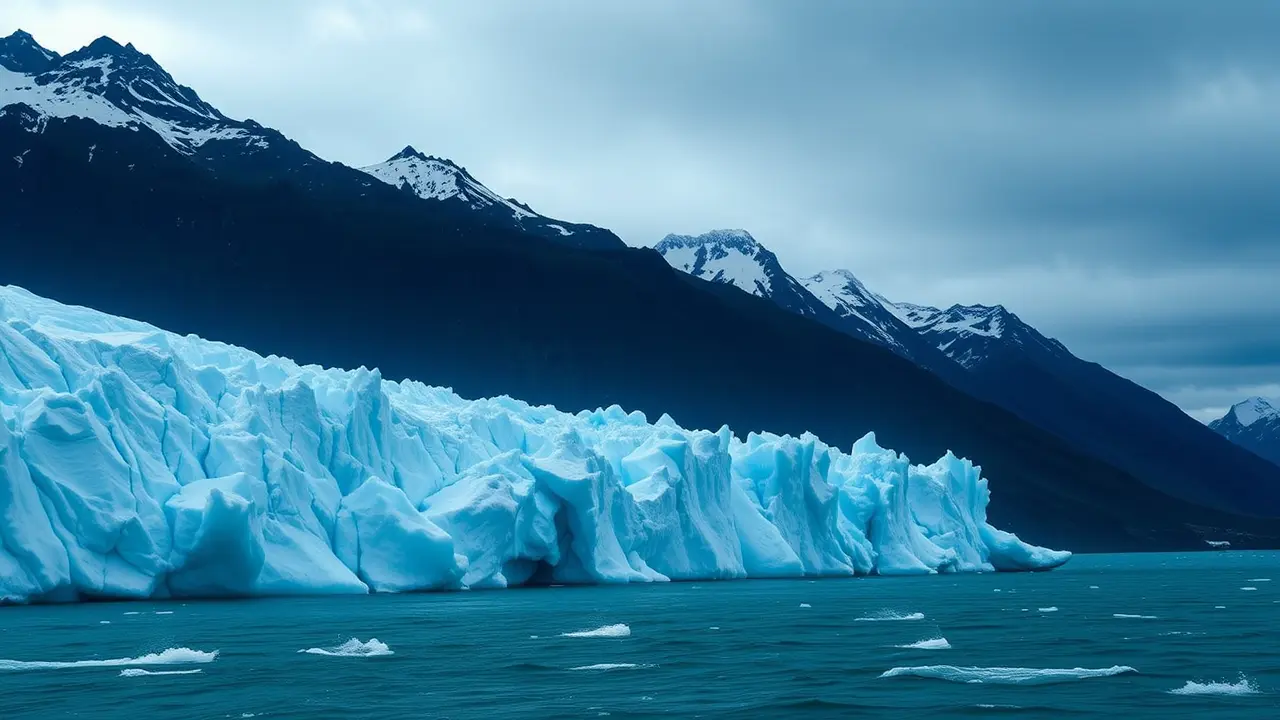Four Photographers Capture Nature's Majesty and Menace
The natural world, in its profound and unsettling duality of breathtaking majesty and existential menace, is being documented with urgent clarity by four photographers featured in Artnet Auctions's Important Photographs sale, a collection that serves not merely as aesthetic contemplation but as a vital ecological dispatch from the front lines of a planet in flux. Where traditional landscape photography often sought to tame and romanticize nature, framing it as a static spectacle for human consumption, this new wave of artists—think of them as visual ecologists—wields their lens with the precision of a scientific instrument and the soul of an activist, capturing ecosystems at their most vulnerable tipping points.One artist might train their focus on the terrifying, sublime beauty of a calving glacier, a monumental slab of ancient ice crashing into a churning, ink-blue sea, a process accelerated by warming oceans that speaks to a fundamental unravelling of the planetary systems we take for granted; this is not a distant, abstract event but a direct visual correlation to rising sea levels that will displace coastal communities, a consequence we are already witnessing from the Pacific Islands to the Florida coastline. Another photographer may turn inward, to the haunting silence of a forest ravaged by beetle infestations, the trees standing as grey skeletons against a stark sky, a direct result of warmer winters failing to kill off the pests, a scene that echoes the catastrophic wildfires that have become seasonal horrors, consuming millions of acres and filling lungs with particulate matter.The work of a third could explore the eerie, almost post-human beauty of coral bleaching, where vibrant undersea cities have been rendered into ghostly, bone-white architectures by marine heatwaves, a silent massacre that threatens the food security for half a billion people and represents a catastrophic loss of biodiversity comparable to the great extinctions of prehistory. And a fourth might document the stark, geometric intrusions of human infrastructure upon wild spaces—a serpentine highway cutting through a primordial valley, or the shadows of wind turbines falling across a migrating herd—posing complex questions about our species' relationship with the land, a tension between our need for sustainable energy and our duty to preserve intact habitats.These images collectively form a powerful, data-driven narrative that transcends gallery walls; they are evidentiary documents in the court of public opinion, challenging policymakers and corporations with visual proof of the costs of inaction. The historical precedent lies in the work of 19th-century photographers like Carleton Watkins, whose images of Yosemite helped inspire the American national park system, proving that photography can be a catalyst for conservation.Yet today's stakes are immeasurably higher, moving beyond preserving pockets of beauty to safeguarding the very habitability of the Earth. Expert commentary from climate scientists like Dr.Katharine Hayhoe consistently emphasizes that humans are visual creatures, and these photographs bridge the gap between abstract datasets and visceral, emotional understanding, making the incomprehensible scale of climate change feel immediate and personal. The possible consequences of ignoring these visual warnings are etched into each frame: increased climate refugees, economic collapse in agriculture and fisheries, and a planet increasingly hostile to life itself. The analytical insight here is that this photography is performing a crucial act of translation, converting the slow, complex violence of environmental degradation into a language of immediate, arresting beauty and terror, compelling us not just to see, but to act before the scenes they capture become the definitive portraits of a lost world.
It’s quiet here...Start the conversation by leaving the first comment.
© 2025 Outpoll Service LTD. All rights reserved.
